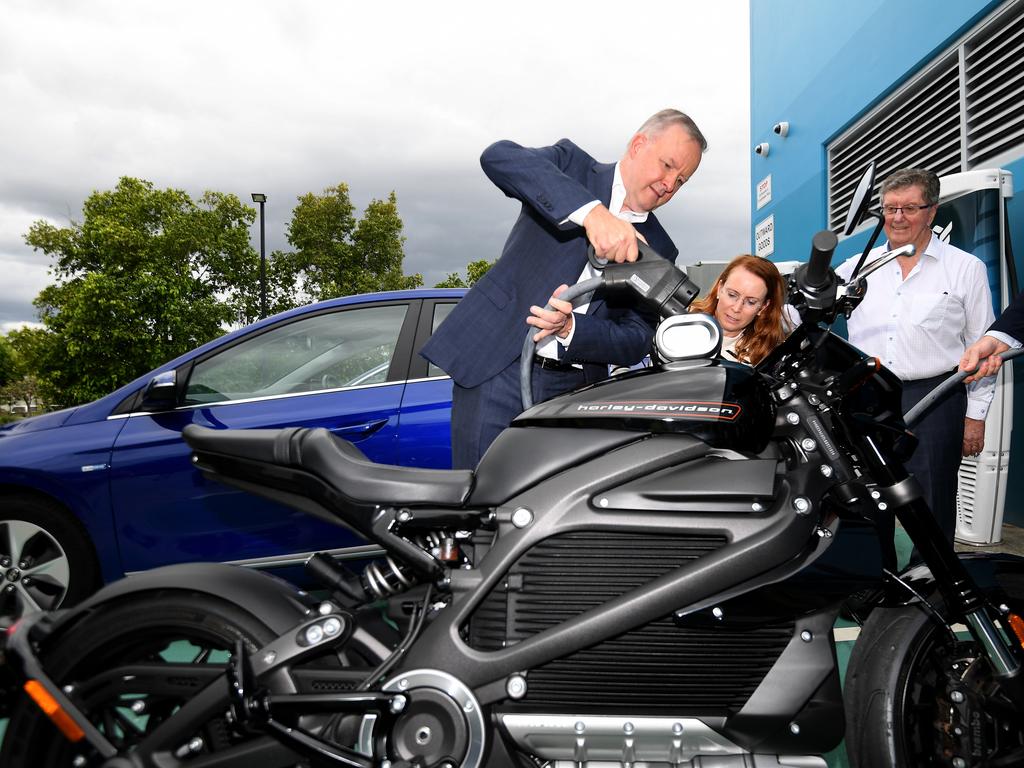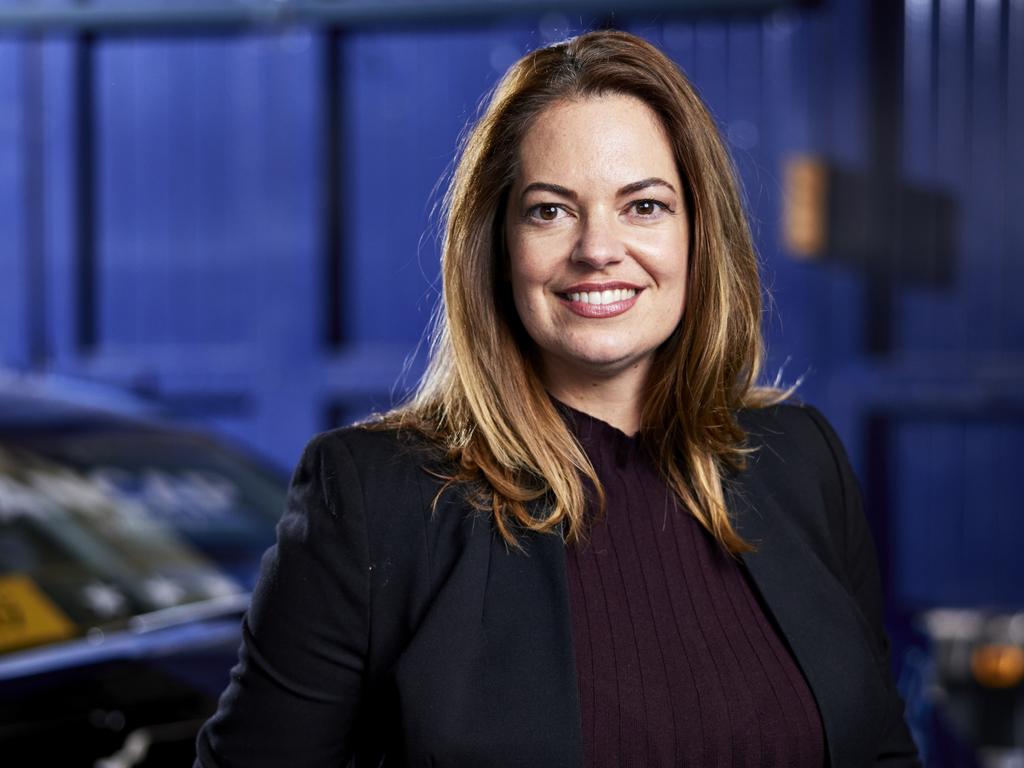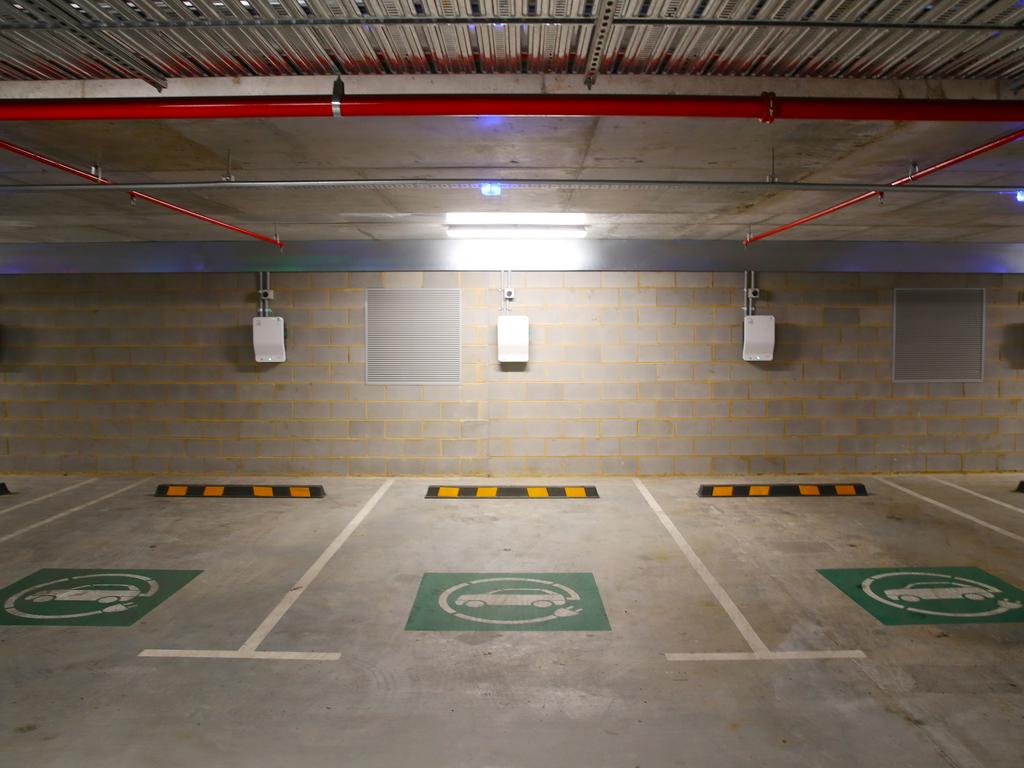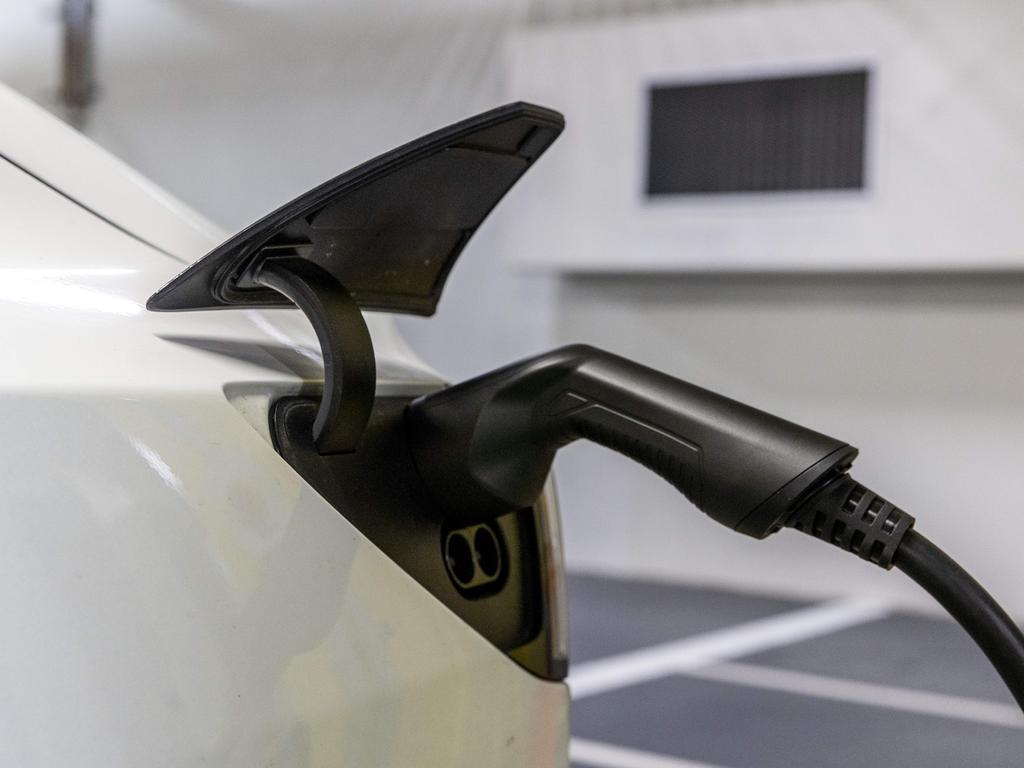Australians importing untested EVs through enthusiast vehicle loophole, ANCAP boss says
Untested and potentially dangerous EVs are being imported into Australia through a loophole designed for revheads.
The Australian car safety testing agency says people are using a specialist and enthusiast car scheme to get untested and potentially dangerous second-hand electric vehicles into the country.
The federal Standing Committee on Climate Change, Energy, Environment and Water is conducting hearings about the transition to electric vehicles and met in Melbourne on Thursday.
Australasian New Car Assessment Program (ANCAP) chief executive Carla Hoorweg said the specialist and enthusiast scheme was being misused.
“We don’t believe that is the intention of that mechanism, to be used to wholesale import used electric vehicles and we have concerns about the safety of those vehicles,” he said.

The specialist and enthusiast scheme allows an individual vehicle or small batches of five to six vehicles to be brought into the country. The vehicles aren’t tested by ANCAP because the testers need four of the same production model to produce a star rating.
“There’s additional tests, but we need to destroy four vehicles at the end of the test program to conduct all those tests,” Ms Hoorweg said.
Examinations include slamming cars head-on and crashing into a pole side-on.
“When you’re importing individual one-off vehicles, there’s no way for us to provide that safety information,” she said.

“Our concern is it’s essentially subverting ANCAP’s rating system. It’s subverting the Australian design rule requirements,” she said.
Second-hand EV models were being imported using the enthusiast scheme, Ms Hoorweg said.
“Older, unsafe vehicles are being brought into the market without any real control,” she said.
The scheme was designed to bring in American hot rods and other specialist, unique and historical vehicles.
“What we’re concerned about is people accessing second-hand EVs, which is not really a specialist or enthusiast (vehicle) anymore. When it was first brought in, that was the case, but now we’ve moved into the mainstream, so it’s time for that scheme to be reviewed.”
The Department of Infrastructure and Transport is responsible for the specialist and enthusiast scheme.

To Ms Hoorweg’s knowledge, the number of EVs imported under the scheme was not public, but she said the department would have the number.
Various committee members raised the issue of misinformation and disinformation circling electric vehicles.
ANCAP has tested and rated more than 90 EVs and hybrids and has found no instances of batteries bursting into flames.
“They are scoring for the most part similarly to (internal combustion engine) vehicles. They’re scoring four stars, they’re scoring five stars,” Ms Hoorweg said.

“We have not seen any battery-related incidents in our testing … we are specifically trying to make sure that those tests that we conduct have not revealed any battery integrity issues.”
Committee members took a tour of an ANCAP test lab on Wednesday.
“And you saw yesterday how intrusive the testing is into the structure of the vehicle. Some of the other tests are more intrusive,” Ms Hoorweg said.
“We have not seen any battery fires or had incidents like that in our test program.”
BP has 140 charging stations across the country, through its EV charging arm BP Pulse.
BP Pulse business development manager Joshua Hoevenaars appeared before the committee on Thursday. WA Labor MP Zaneta Mascarenhas questioned him about the multinational’s seemingly conflicted position of making record profits from oil and gas and decarbonising via EV charging networks.
BP posted a record $27bn profit in 2022 on the back of high oil and gas prices, and lowered its emissions reduction targets.
“(Is) there a negative impact on the rollout of electric vehicle networks and locations when you’ve got these two competing parts?,” Ms Mascarenhas said.
Mr Hoevenaars said it was a “complex” scenario which the industry was navigating.
“What BP has been really clear on is that we’re aiming to be a net-zero company by 2050 or sooner,” he said.

BP was going from an international energy company to an “integrated energy” company, he said.
High-capital equipment had been deployed in Australia for the charging stations, which Mr Hoevenaars said was done ahead of the market.
The initial 100 charging stations BP installed in four states were mostly able to run on existing electricity network supplies, but now the company was investing in buying more power and upgrading sites so more bays could be added.
“In the fuel space there are multiple bowsers available, so we’re looking to replicate that,” Mr Hoevenaars said.
The average power customer spent about 30 minutes at a charging bay for a 50 per cent recharge.
Many local governments were in early, investigative stages of putting out expressions of interest to gauge which providers were out there, he said.
The Committee will hold further public hearings in Brisbane and Canberra in September.




